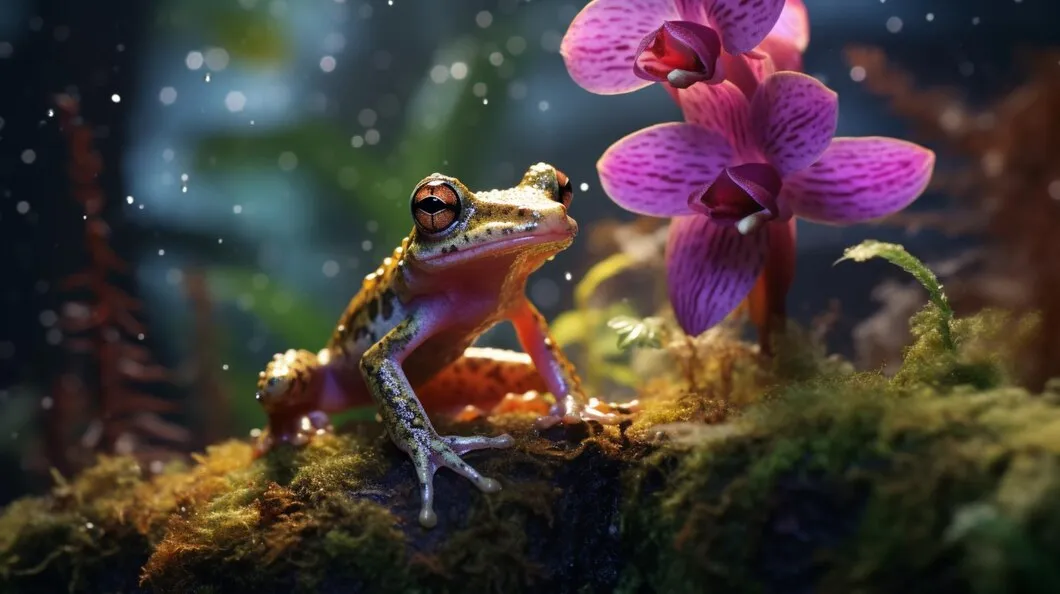Frog and Tarantula Symbiosis What is it?
The natural world is filled with fascinating relationships, and one of the most intriguing is the symbiotic relationship between frogs and tarantulas. This unique partnership, often observed in specific ecosystems, showcases a remarkable example of mutualism. In this arrangement, both species benefit from the interaction, creating a delicate balance that enhances their survival and well-being. Understanding the dynamics of this symbiotic relationship provides valuable insights into the complexities of nature and the interconnectedness of different species. This blog post will delve into the top facts about this fascinating relationship, exploring the benefits, interactions, and environmental factors that contribute to its success.
The Mutual Benefits in this Symbiotic Relationship
At the heart of the frog and tarantula symbiosis lies mutualism, where both creatures gain advantages from their association. This is not a parasitic relationship or one where one species exploits the other; instead, it is a cooperative arrangement. Both the frog and the tarantula experience enhanced survival rates, access to resources, or protection from predators. The benefits are often specific and tailored to the needs of each species, making this partnership a remarkable example of co-evolution. The dynamics within this relationship are quite intricate. Both animals have different needs, and the relationship provides them both with a better chance of survival, allowing both species to live side by side without issue. This is a fascinating thing to witness.
Protection for Both Species
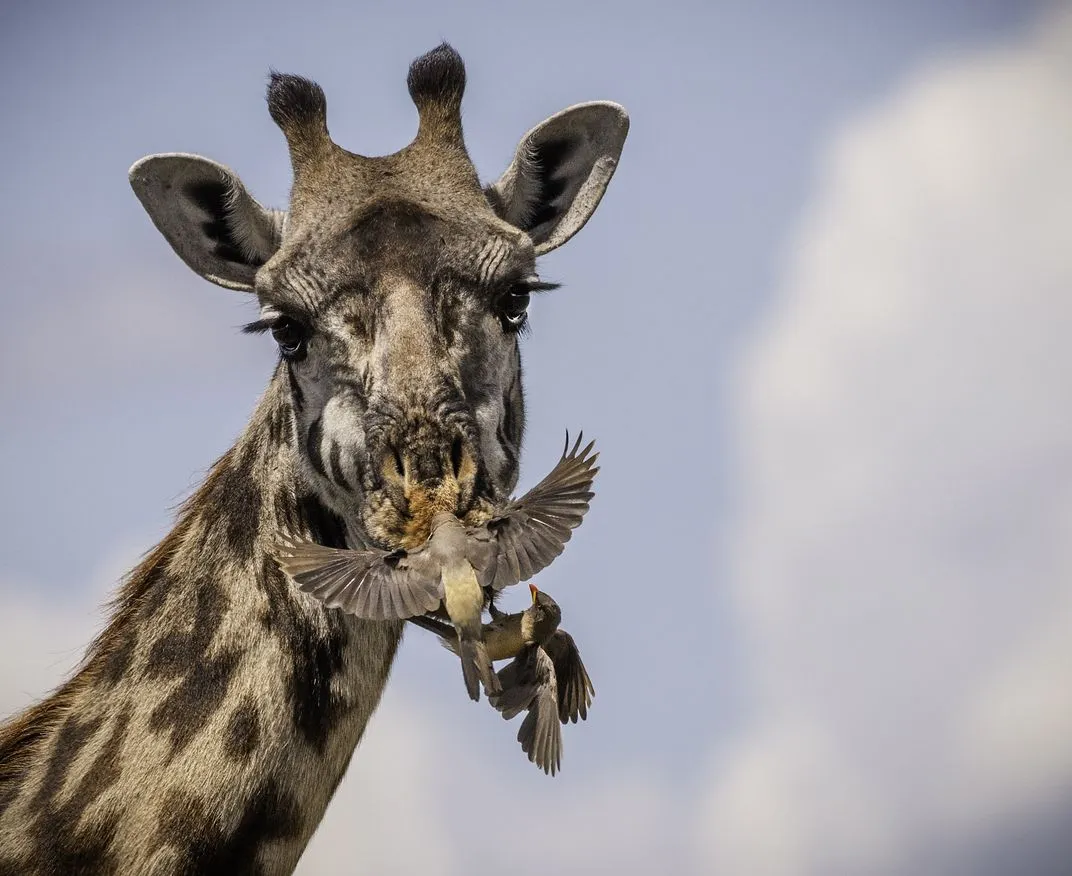
One of the primary benefits of this symbiotic relationship is the enhanced protection it offers to both the frog and the tarantula. The tarantula, with its formidable size and venomous bite, acts as a deterrent to many predators that might otherwise prey on the frog. In turn, the frog’s presence may alert the tarantula to potential threats, providing an early warning system. This mutual defense strategy increases the likelihood of both species surviving in their shared environment. The frog, being smaller and more vulnerable, gains a bodyguard in the form of the tarantula. The frog’s vigilance and the tarantula’s defense mechanisms create a safe haven for both creatures. This kind of synergy is a testament to the power of cooperation in the natural world.
How the Frog Benefits
The frog benefits from the tarantula’s presence in several ways. Primarily, the tarantula offers protection from predators. Smaller animals, such as snakes and certain birds, that might prey on the frog are often deterred by the tarantula’s size and defensive capabilities. The tarantula, being a formidable predator itself, effectively keeps these threats at bay. Additionally, the frog may benefit from the tarantula’s hunting activities, potentially gaining access to insects or other small prey that the tarantula doesn’t consume. The frog essentially gains a bodyguard and a potential source of food, making its life in the shared habitat more secure and resource-rich. The alliance creates a safer environment and offers survival advantages.
How the Tarantula Benefits
The tarantula also gains significantly from this symbiotic relationship. While the exact benefits can vary, one of the key advantages is that the frog may help keep the tarantula’s nest or immediate surroundings free from parasites or other unwanted pests. The frog’s presence may also provide an early warning system against predators. This vigilance can be crucial for the tarantula, giving it time to react and defend itself. Furthermore, the frog might attract additional prey items, indirectly benefiting the tarantula by increasing the overall food supply in the area. In some cases, the frog might even help regulate the environment within the tarantula’s burrow, maintaining optimal humidity or temperature levels. This synergy showcases the power of a balanced ecosystem.
Common Habitats Where They Coexist
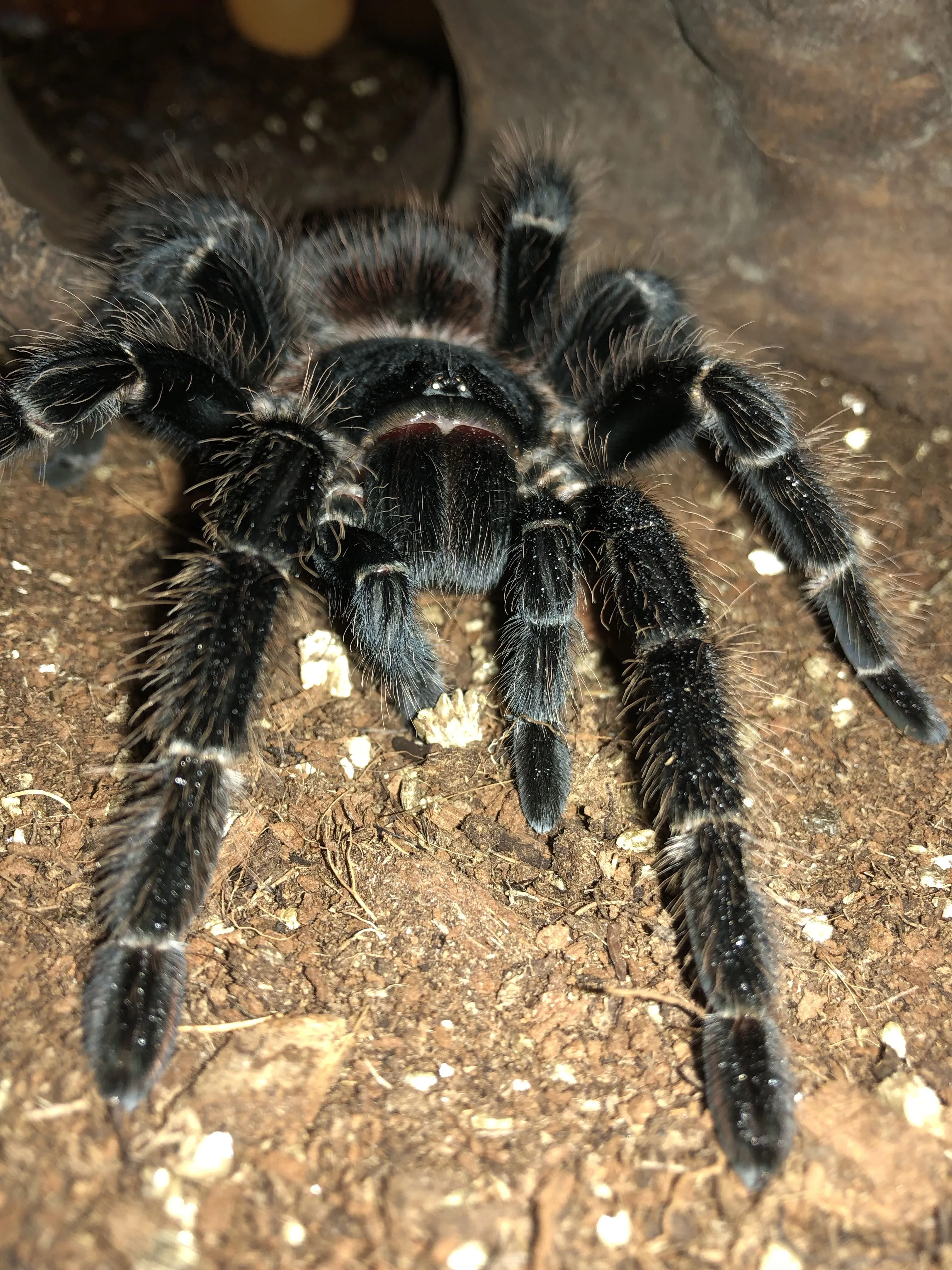
The frog and tarantula symbiosis is most commonly observed in tropical and subtropical regions. These areas provide the necessary environmental conditions for both species to thrive, including suitable temperatures, humidity levels, and prey availability. Specific habitats such as rainforests, swamps, and certain types of grasslands are particularly conducive to this relationship. The presence of dense vegetation, ample cover, and a diverse insect population are crucial factors that support both the frog and the tarantula. These habitats offer the perfect conditions for these animals to live. Observing their natural environments allows for a better understanding of the delicate balance and the crucial role of each species.
The Importance of Environment
The environment plays a vital role in the success of the frog and tarantula symbiosis. Factors such as temperature, humidity, and the availability of resources directly influence the well-being of both species. A stable and suitable environment supports the survival of the frog and tarantula. Changes in habitat, such as deforestation or climate change, can disrupt this delicate balance, potentially leading to a decline in both populations. Protecting the natural habitats where this symbiosis occurs is essential for ensuring the long-term survival of both species. Environmental conservation efforts are vital to preserve this unique relationship.
The Role of Prey Availability
The availability of prey is another crucial factor that influences the success of the frog and tarantula symbiosis. Both species are predators and rely on a consistent food supply to survive. The presence of a diverse and abundant insect population is essential for sustaining both the frog and the tarantula. A decrease in prey availability can lead to competition between the two species and potentially disrupt the symbiotic relationship. The health of the ecosystem directly affects the food chain and the ability of the frog and tarantula to thrive. The role that prey plays in this relationship is essential to maintaining this symbiotic relationship.
Frog and Tarantula Interactions Explained
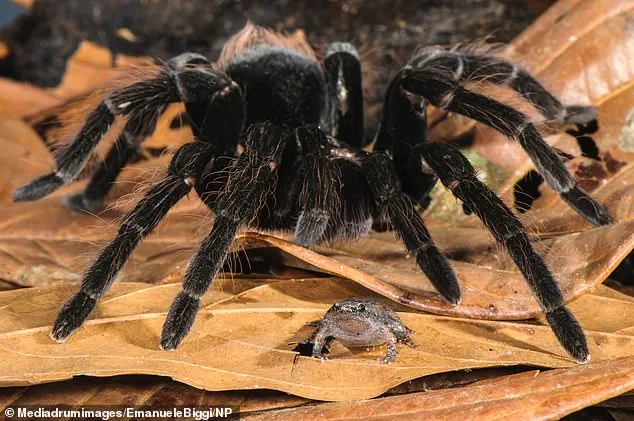
The interactions between frogs and tarantulas can vary depending on the species involved and the specific environmental conditions. These interactions are generally peaceful and cooperative, with each species benefiting from the presence of the other. The frog might alert the tarantula to potential threats, allowing the tarantula to defend itself. In some cases, the frog and the tarantula might even share a burrow or a common living space, further strengthening their bond. The frog might eat insects that are not of interest to the tarantula. The frog and the tarantula are allies, and will work together, rather than against each other.
Cooperative Hunting Tactics
While not always observed, there are instances where frogs and tarantulas may display cooperative hunting tactics. The tarantula, being a larger and more powerful predator, can subdue larger prey items. The frog, with its agility and ability to capture insects, might contribute to the hunt by flushing out prey or attracting it to the tarantula’s vicinity. These cooperative hunting behaviors are a testament to the complex ways in which these species have adapted to live together and exploit the resources available in their environment. These actions increase the chance of survival for both species.
The Social Dynamics
The social dynamics between frogs and tarantulas are typically simple, with the primary focus being on the benefits of the symbiotic relationship. There is no evidence of complex social structures or hierarchies. The relationship is primarily driven by mutual benefits, where each species provides value to the other. The interactions are often limited to proximity and mutual defense. This is not a complex social dynamic, but one based on the basic needs and safety of both species. The relationship is simple, and driven by their needs.
Potential Threats to the Symbiosis
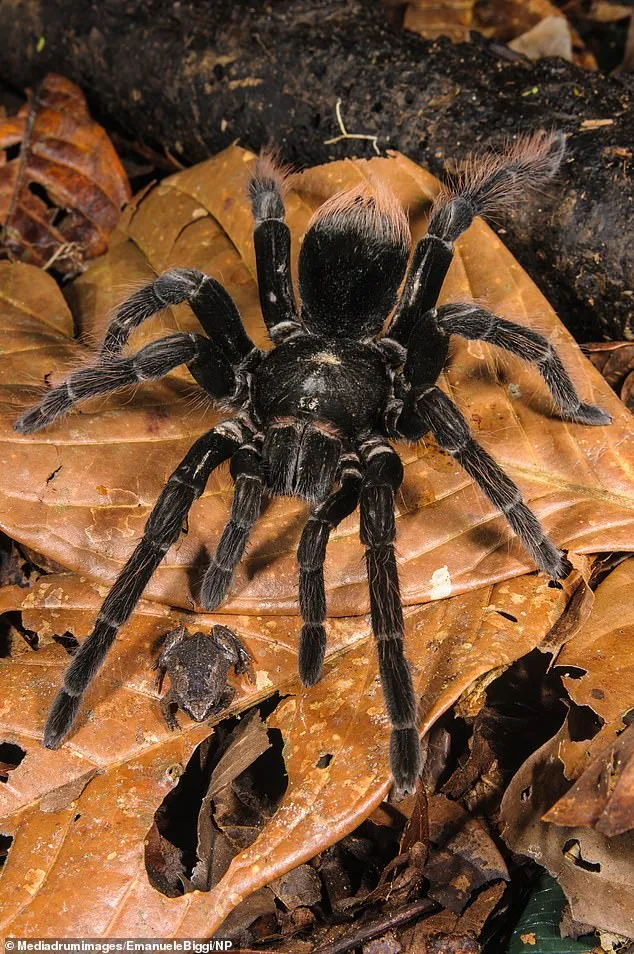
The frog and tarantula symbiosis, like any ecological relationship, is susceptible to various threats. Habitat destruction, climate change, and the introduction of invasive species can disrupt the delicate balance that sustains this partnership. The loss of suitable habitat can force the frog and the tarantula to compete for resources or become more vulnerable to predators. Changes in temperature and rainfall patterns can also negatively impact the survival of both species. Understanding these threats is crucial for developing effective conservation strategies. Threats to the environment will cause the relationship to be disrupted.
Predators and Environmental Hazards
Both the frog and the tarantula face threats from predators and environmental hazards. The tarantula may be preyed upon by larger animals. Environmental hazards, such as extreme weather events, can also negatively impact both species. These threats can undermine the benefits of the symbiotic relationship and reduce the survival chances of both the frog and the tarantula. The environmental hazards are an ongoing threat. The relationship must withstand the pressure that is always present.
Conservation and Future Perspectives
Conserving the frog and tarantula symbiosis requires a multi-faceted approach. Protecting their natural habitats is paramount. This includes efforts to prevent deforestation, reduce pollution, and mitigate the effects of climate change. Promoting awareness about the importance of this unique relationship can also encourage conservation efforts. Supporting scientific research to better understand the dynamics of this symbiosis is essential for developing effective conservation strategies. By taking proactive measures, we can help ensure that this fascinating relationship continues to thrive for generations to come. Conservation efforts are essential in maintaining the relationship.
In conclusion, the symbiotic relationship between frogs and tarantulas is a remarkable example of cooperation in the natural world. This unique partnership highlights the interconnectedness of species and the importance of preserving biodiversity. As we learn more about this fascinating relationship, we gain a deeper appreciation for the intricate web of life. The benefits, interactions, and environmental factors all contribute to the success of the relationship between the frog and the tarantula. Understanding the threats this symbiosis faces and the importance of conservation will help ensure that this fascinating partnership continues to thrive for generations.
